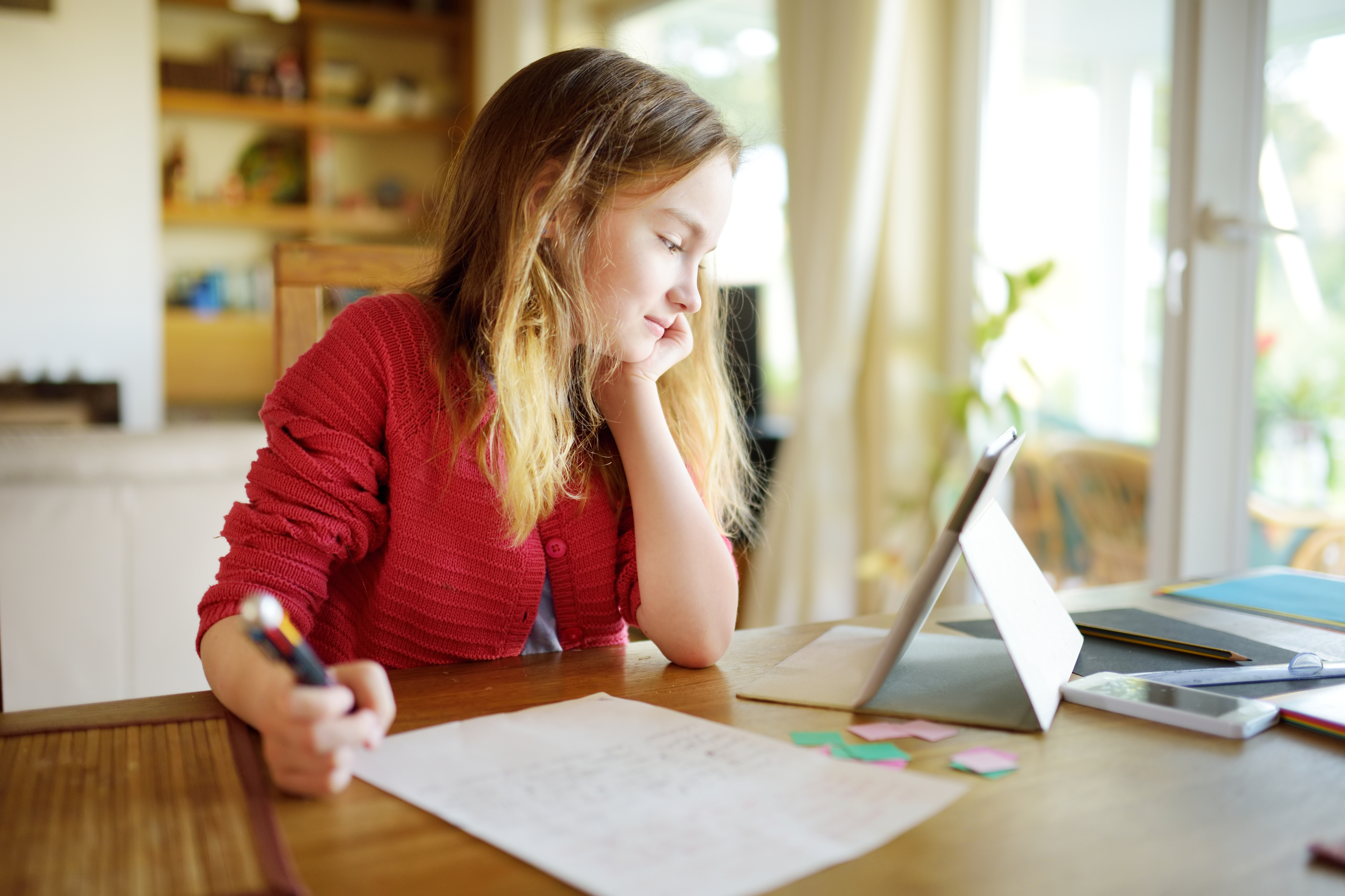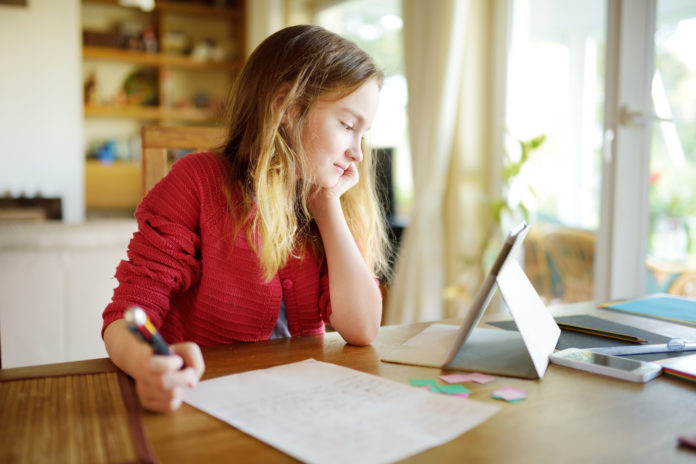Source: The Conversation (Au and NZ) – By Joanne Orlando, Researcher: Children and Technology, Western Sydney University
COVID-19 has left parents grappling with the challenges of online learning, entertainment and work. It’s natural the amount of time children spend using screens will now increase.
But that’s OK. Screen time recommendations we’ve enforced for so long no longer apply to our situation. There are ways to make the best of kids’ increased use of screens.
More than just screen ‘time’
Screen “time” has become an important aspect our health and well-being. It relates to measuring how many hours and minutes a person uses a digital screen such as mobile phone, tablet, television or computer.
Screen time has become a particularly important focus for parents who want to help their child establish healthy technology habits.
We gain our screen time recommendations from several sources. These are primarily health and psychology authorities. They include the World Health Organisation, which has published guidelines for children five years old and younger; and the American Academy of Paediatrics and Australian Department of Health, which have each published their own guidelines for children up to 18 years old.These guidelines bear similarities to each other. They mainly state children under 18 months should get no screen time except for video calls such as Skyping a grandparent. Children aged two to five should limit their use to an hour, ideally watching a screen with an adult.
Guidelines for school-aged children and adolescents are less definitive. There are no recommended minutes or hours per day. The guidelines depend on the lifestyle of the child, and it’s left to the parent to manage.
If we dissect published screentime recommendations, there are three factors embedded in what comprises healthy technology use.
They include:
-
time using a screen
-
quality of screen content
-
who you use a screen with.
Screen “time” gets all the airplay, but with families confined to home, the other two factors – quality and screen buddies – are just as important, if not more, for healthy technology use.
Screen quality
The benefits of technology on children’s health, well-being, social and emotional outcomes, and school achievement, depends less on time and more on the type of content they engage with when using a screen.
Consider a five-year-old watching 30-minutes of early childhood educational content, such as the ABC’s PlaySchool. Compare this to the same child playing 30 minutes of a highly violent video game.
Both involve 30 minutes of screen time, but the experience for the child and the impact on them will be vastly different with each.

Quality screen content is defined by three combined features: it is interactive, educational and age appropriate.
But just because something is categorised as “educational” doesn’t mean it’s a good learning experience. The term educational is often used as a way of organising apps in the App Store or Google Play store, or to market apps.
Truly educational content requires a child to think, be creative and socially interactive. These kinds of apps don’t have too many distracting bells and whistles but aim to keep the child’s attention on the learning.
Read more: Stop worrying about screen ‘time’. It’s your child’s screen experience that matters
A great example of an educational app for your children is Thinkrolls Space. The app has fun, odd-ball alien-themed puzzles that encourage problem solving, as well as thinking logically and strategically.
The app design encourages children to persevere to solve the problem. And it doesn’t encourage in-app purchases to easily power up without solving the problem.
For high school children the app DragonBox Algebra 12+ is an innovative STEM game that helps supercharge kids’ learning of algebra.
The game is designed to help kids build a strong understanding, with lots of opportunities to practise new skills and then move through to more complex problems; and it does this is a really fun way.
Screen buddies
It’s not very healthy for a child of any age to be alone on a device for hours on end. Engaging with your child and varying how a child engages socially when using a screen is important to developing healthy screen habits.
This is sometimes explained using the term “co-view”, which is when a child uses a screen with their parent who can explain ideas to them.
Read more: Parents, cut yourself some slack on screen time limits while you’re stuck at home
“Co-engaging” is a much more powerful idea for older children. It simply means using a screen with someone equally engaged (not just an onlooker or explainer). It may be playing an online game with a parent, or another person.
It can also mean engaging with the online content with someone virtually, such as Skyping a class friend or taking part in a virtual study group.
Tips for parents
Healthy screen use is about balancing all three factors: time, quality and buddies. So, if you think your child may be using a screen for longer periods of time because of the changes COVID-19 has brought, then ensure screen quality and screen buddies are in check. You can do this now, by:
-
setting up a time to engage with a screen, together with you child, in way that than is more than just watching on as a bystander
-
checking through the apps and games your child currently uses. Try to identify which are quality (educational, interactive and age-appropriate)
-
looking for new quality educational experiences online for your child. Don’t settle for something simply labelled “educational”. Investigate it and make sure it qualifies as a great educational experience.
Too much screen time is not the end of the world. Aiming for healthy screentime using all three factors – time, quality and buddies – is much more important.
– ref. Forget old screen ‘time’ rules during coronavirus. Here’s what you should focus on instead – https://theconversation.com/forget-old-screen-time-rules-during-coronavirus-heres-what-you-should-focus-on-instead-135053









